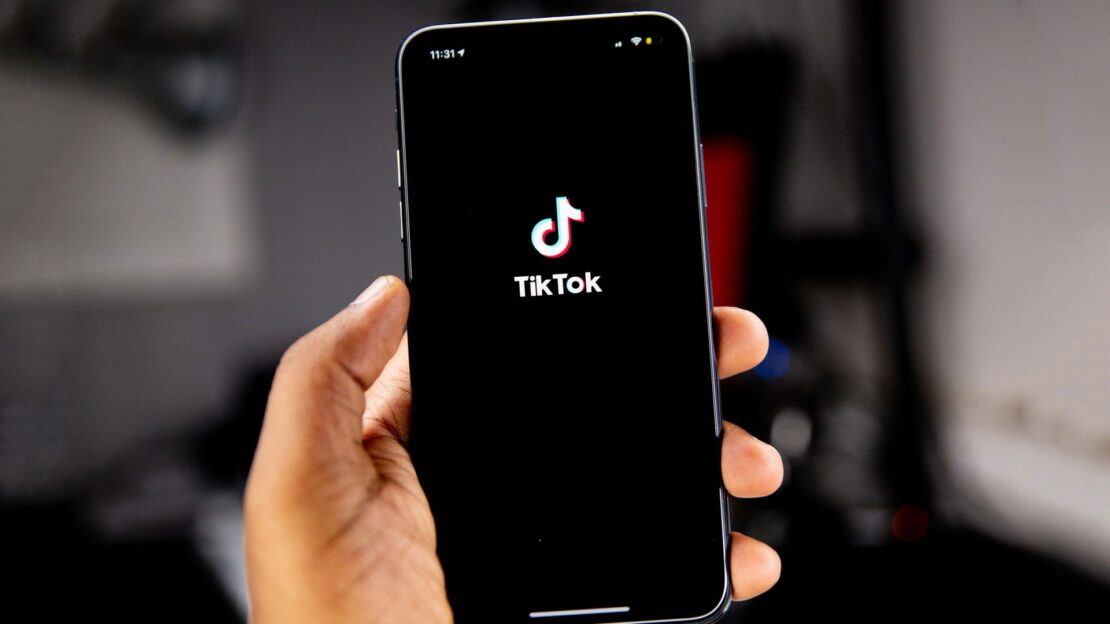Grayling launches white paper on museum and brand collaborations
October 6th, 2023
Today, Grayling publishes a report explaining how both corporations and cultural institutions can benefit from partnership programs. Corporate and cultural institutions are very different entities facing some of the same challenges: Both are operating in increasingly competitive environments and, to stay ahead, need to build deeper relationships with their audiences. Both are starting to realise that they can do this more effectively working together than on their own. The report describes key changes that are taking place at forward-looking cultural institutions, namely a greater focus on participation, flow of events and social responsibility – a shift from storage to stories.
The white paper “Museums at the Crossroads: The Role of Corporate Partnerships” highlights trends and best practices in cultural institutions’ cooperation with brands. It is based on the analysis of more than 60 case studies and interviews with representatives of museums such as LACMA, Louvre, Moscow Museum of Contemporary Art, mumok, Multimedia Art Museum Moscow, Museum of Russian Impressionism, Rijksmuseum, Royal Academy of Arts, RMN-Grand Palais, Tate, the Barnes Foundation, the Musée de l’Elysée, and the Ullens Center for Contemporary Art, amongst others. The analysis builds on the international report “Brands and the Arts: Making Creative Partnerships Work” published by Grayling in April 2017, which delved into the topic of art collaborations from a brand’s perspective.
Creating meaningful experiences
Museums are increasingly competing not merely among themselves, but with other venues where people can spend their leisure time. To stay relevant, many cultural institutions are evolving from spaces simply presenting invaluable artefacts to places where stories are being told. Some are even transforming themselves into laboratories, reflecting on modern society. Collaborations with corporations are key drivers in the process of a museum’s transformation into a more audience-centric organisation, which aims to educate, to bring the community together, and to create new experiences.
With the support from Uniqlo, the Tate Modern holds UNIQLO Tate Late events, which are filled with music, talks, workshops, tours and performances. In 2017, the Royal Academy of Arts in London collaborated with its contemporary art school, the Royal Academy Schools, and the virtual reality platform HTC Vive to bring VR experiences into the exhibition devoted to the past, present, and the future of life drawing.
Building brands through partnerships
“Museums at the Crossroads” identifies key partnership benefits for brands and cultural institutions, and these go beyond just marketing for the first and securing financial support for the latter. While collaborating with companies, museums can enhance their own brand and attract new audiences. For example, in 2018, Swatch presented three watch designs featuring paintings from the Rijksmuseum and Van Gogh Museum, collaborating with Vans around a new footwear and apparel collection.
Partnerships can also increase cultural institutions’ expertise and encourage them to experiment with new initiatives. With the support from BMW, the Tate Modern was able to launch and develop its BMW Tate Live program presenting live performances at the museum. Hyundai has been supporting LACMA’s Art + Technology Lab since 2014 enabling new acquisitions, publications and collaborative projects between artists and engineers.
For brands, museum partnerships provide an opportunity to take advantage of the image transfer effect, and to engage their employees, clients, and government stakeholders better. Some companies go even further and integrate their cultural partners into their business operations. For example, the electronics brand Philips, the Rijksmuseum’s Founding Sponsor, collaborated with the museum’s curator, the Rotterdam Philharmonic Orchestra, the Academic Medical Center, and the Erasmus Medical Center to make the MRI examination less stressful for patients. Nine Dutch Masters artworks were selected to become the basis for the special MRI Ambient Experience theme. Accompanied by a soundtrack, the paintings slowly build from sketches to the final artworks helping patients undergoing the scan relax and calm down.
Measurement is key
Cultural organisations strive to provide value beyond marketing supporting their business partners in employee engagement and CSR activities, and they also need to respond to brands’ increasing expectations to have a more visible impact, more feedback and a better ROI and a lower investment.
“Effective search for potential partners starts with a clear understanding of the museum or other cultural institution’s key assets and identifying what sets them apart from the competition,” says Anastasia Elaeva, Creative Partnerships Lead at Grayling Russia, and the author of the new white paper. “The success in museum and brand collaborations also depends on the ability to find the authentic link between the two organisations as well as on the alignment in terms of goals and KPIs.”
“Our report aims to help cultural institutions have a better understanding of different formats of cooperation with the business. It also highlights the importance of having a trend-spotting mindset, being ready to develop customised offers, and investing resources in storytelling,” says Jan Simunek, CEO Grayling Continental Europe. “However, the research can also provide value to companies exploring opportunities to collaborate with museums and build more effective creative partnerships.”
For inquiries:
Anastasia Elaeva, Creative Partnerships Lead, Grayling Russia, +7 495 788 67 84, anastasia.elaeva@grayling.com


